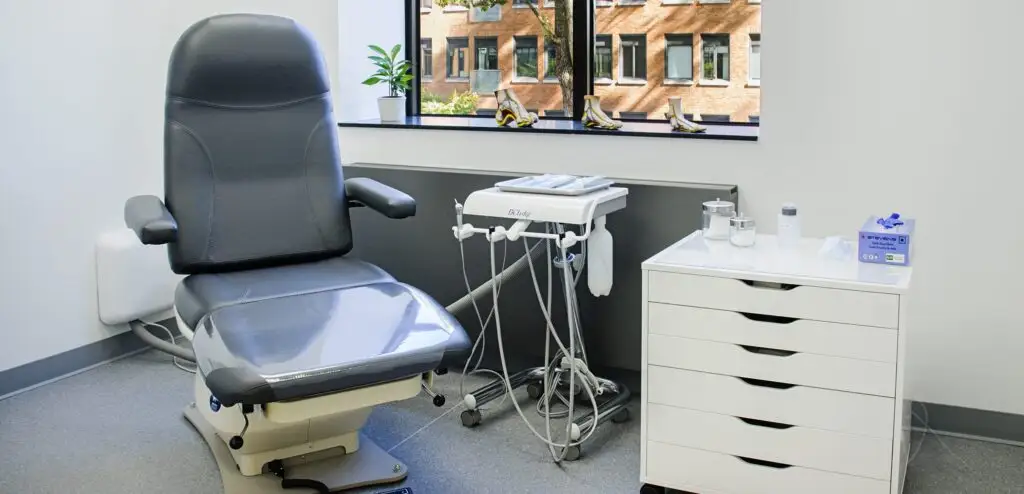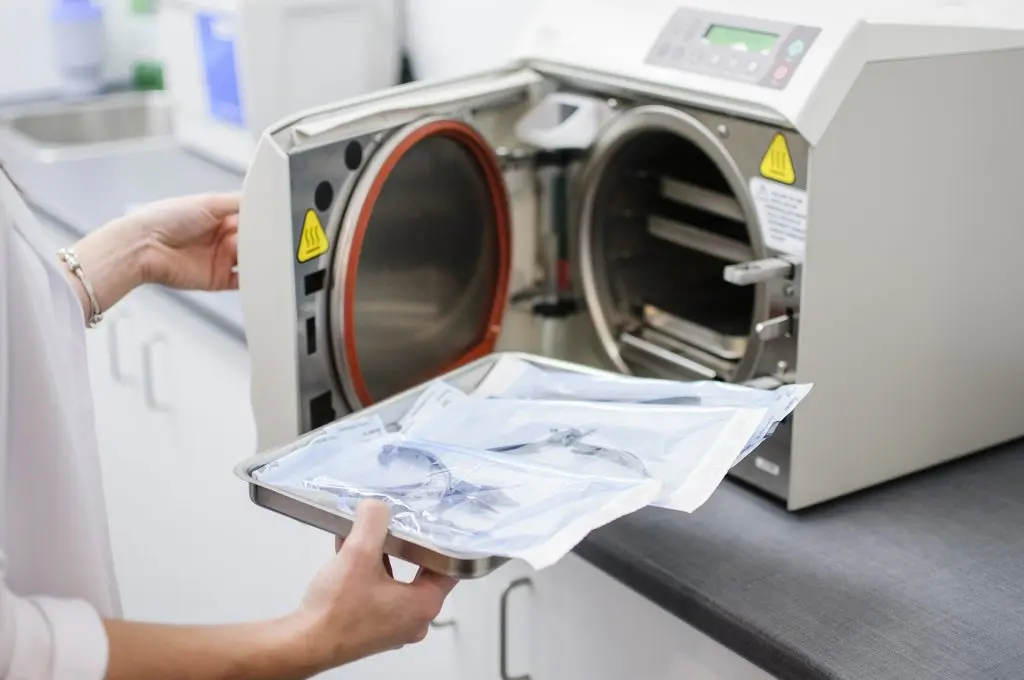
Having both graduated in podiatric medicine from UQTR, Emmanuelle Lamontagne and Ludovik Marsolais-Girard form a professional team that offers valuable expertise for your feet.
With the help of the Clinique Santé Podiatres, you can count on the appropriate follow-up, a courteous welcome and a treatment plan adapted to your specific situation.
Santé Podiatres
1200 street des Soeurs-du-Bon-Pasteur,
Bureau 330, Québec, QC G1S 0B1
directions
1-581 700-0115 Toll free
Monday
8:00 - 18:00
Tuesday
8:00 - 18:00
Wednesday
9:00 - 19:00
Thursday
9:00 - 18:00
Friday
9:00 - 16:00
A trusted clinic for the whole family
The Clinique Santé Podiatres de Québec has acquired a young and dynamic team that offers personalized treatments to all its patients. The podiatrists at the clinic provide you with a welcoming atmosphere, human contact, clear explanations of your situation and, above all, courteous and professional service.
Opened in 2016 in the Capitale-Nationale, Santé Podiatres is well known for its great accessibility. The high standards of the clinic’s staff allow patients of all ages and backgrounds to benefit from the best possible treatment for their condition.
All it takes is one call to start the healing process. The team of podiatrists Emmanuelle Lamontagne and Ludovik Marsolais-Girard are standing by to help ensure your welfare and comfort.




Frequent problems
Treatments provided
- Cortisone injections
- Foot ultrasound imaging
- Evaluating Children’s Feet
- Biomechanical exam : symptoms and treatments
- Ultrasound guided injection
- Nail culture : importance, advantages and procedure
- Therapeutic foot taping
- Podopediatrics treatments
- Plantar orthotics: types, benefits, and adaptation tips
- ShockWave therapy : therapeutic benefits and treatment
- Foot care – Nails, corns and calluses treatment
- Manual foot therapy : personalized treatment plan
- Stress fracture in the foot
- Treatment for excessive foot sweating
- Treatment of foot pain by the podiatrist
- Ingrown toenail treatment by a podiatrist
- A podiatrist’s treatment for plantar warts
- Toenail deformity : treatments
- Treatments for paronychia of the toe
- 2D and 3D digital imaging
- Treating frostbite on the feet and toes
- Partial or complete foot amputation
- Ultrasound treatment
- Orthopaedic shoes : types and benefits
Surgical procedures offered
Responsible for personal information/confidentiality: Emmanuelle Lamontagne 418-603-3600
Request an appointment at the clinic
Leave us your contact details and availability and we will contact you to make an appointment.
Please note that if you are seeking podiatry services following a work-related accident (CNESST) or a road accident (SAAQ), please contact us before your appointment to obtain more information about the reimbursement procedures.

